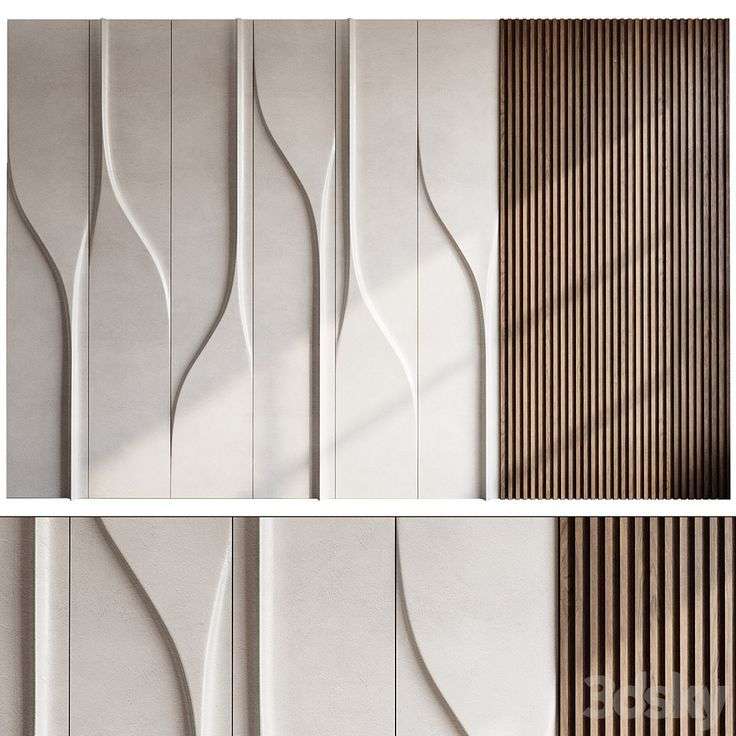When it comes to interior design, layering rugs is a stylish technique that can instantly elevate the aesthetic of any room. Not only does it add texture, depth, and warmth to a space, but it also creates a cozy and inviting atmosphere. At Scale & Structure, we understand that layering rugs can be a little intimidating, but with the right approach, you can achieve a luxurious and curated look that transforms your space.
In this blog, we’ll guide you through the art of layering rugs and provide tips to help you create a stunning, layered rug arrangement that complements your décor.

1. Start with a Statement Rug
Why it works: A large, statement rug serves as the foundation for your layered look. It anchors the space and adds personality, while also defining the area and creating a focal point.
How to do it:
- Choose a rug with a bold pattern, rich color, or luxurious material like wool or silk. This rug will set the tone for the rest of the space.
- Opt for a rug that’s large enough to cover a significant portion of the room. This will help tie the design elements together and create a sense of cohesion in the space.
Scale & Structure Tip: A large, neutral-colored rug (like beige, gray, or navy) is a great backdrop for layering, as it allows you to play with texture and patterns in the top layer. Alternatively, choose a rug with a bold design for a striking statement.
2. Add a Smaller Rug on Top
Why it works: A smaller rug layered on top of your base rug adds visual interest and creates a dynamic look. This is an excellent opportunity to play with contrasting textures, colors, and patterns.
How to do it:
- Choose a rug that complements the larger rug but adds a different element—whether it’s a different texture, color, or pattern. For example, layer a plush, shaggy rug over a flatweave or patterned rug.
- Place the smaller rug strategically to highlight certain areas of the room, such as in front of the sofa, under a coffee table, or in the center of the room for a bold statement.
Scale & Structure Tip: Don’t be afraid to experiment with bold, contrasting patterns or textures. For example, pair a striped rug with a floral or geometric design for a playful, yet stylish, look.
3. Focus on Texture for Depth and Warmth
Why it works: Layering rugs with varying textures can add depth and warmth to your space, giving it a more inviting and luxurious feel. Combining different textures also creates a tactile experience that draws you in.
How to do it:
- Mix materials like wool, jute, leather, and shag to create a rich, tactile contrast. For example, layer a woven jute rug under a soft, plush wool rug for an elegant contrast of natural and soft textures.
- Consider layering a faux fur or sheepskin rug over a flatweave rug to add a luxurious and cozy feel to the room.
Scale & Structure Tip: Use a plush rug on top of a flat woven rug to create a soft and inviting atmosphere. The contrast between the smoothness of the flat weave and the plushness of the top rug adds sophistication and visual interest.
4. Keep Colors in Harmony
Why it works: When layering rugs, it’s essential to keep the color palette in mind. Well-coordinated colors create a cohesive, balanced look that enhances the overall design of the room.
How to do it:
- Stick to a color palette that complements the overall design of the room. If your room is filled with neutral tones, layer rugs in various shades of beige, gray, or cream. For a more eclectic style, mix bold colors like deep red, navy, or mustard.
- Use the top rug to introduce a pop of color or a pattern that highlights accents in the room, such as throw pillows or artwork.
Scale & Structure Tip: To create a harmonious layered rug look, consider picking one dominant color from your base rug and repeating it in the top rug, or use complementary colors to tie everything together.
5. Layer Rugs in Different Shapes
Why it works: Layering rugs in different shapes can add visual interest and create a sense of uniqueness and style. This is especially effective in larger spaces where you can experiment with different layouts.
How to do it:
- Combine square, rectangular, or circular rugs to create a playful and dynamic arrangement. For instance, you could layer a rectangular rug under a circular one to create a contrast in shapes and add variety to the room’s layout.
- Try layering a small, geometric-shaped rug (such as a hexagonal rug) on top of a large, solid-color rug to add a modern twist to your design.
Scale & Structure Tip: For a more symmetrical, balanced look, choose rugs that complement each other in shape and size. Alternatively, you can mix and match varying shapes for a more eclectic, boho-inspired vibe.
6. Ensure the Rug Placement is Practical
Why it works: While layering rugs can add beauty and style, it’s important to consider their functionality and practicality. You don’t want your layered rugs to interfere with the layout or flow of the room.
How to do it:
- Place the rugs in areas that receive the most traffic, such as near entryways, in front of a sofa, or beneath a coffee table. This ensures that the rugs serve their intended purpose while also looking stylish.
- Avoid layering rugs in spaces where people may trip or walk over them, such as in narrow hallways or near high-traffic areas.
Scale & Structure Tip: Use rug pads under both the base rug and top rug to prevent them from slipping, ensuring both comfort and safety. Rug pads also help extend the life of your rugs.
7. Play with Different Styles and Themes
Why it works: Layering rugs allows you to mix and match different styles, creating a more personalized and unique look. Whether you prefer traditional, boho, or modern aesthetics, layering rugs gives you the freedom to experiment with diverse influences.
How to do it:
- Pair a vintage Persian rug with a modern geometric rug for an eclectic, layered look.
- Mix a natural fiber rug with a luxurious velvet or silk rug for a bohemian-chic vibe that adds layers of texture and color.
Scale & Structure Tip: When combining rugs from different design styles, make sure that they share a common color or texture to maintain a sense of cohesion.



